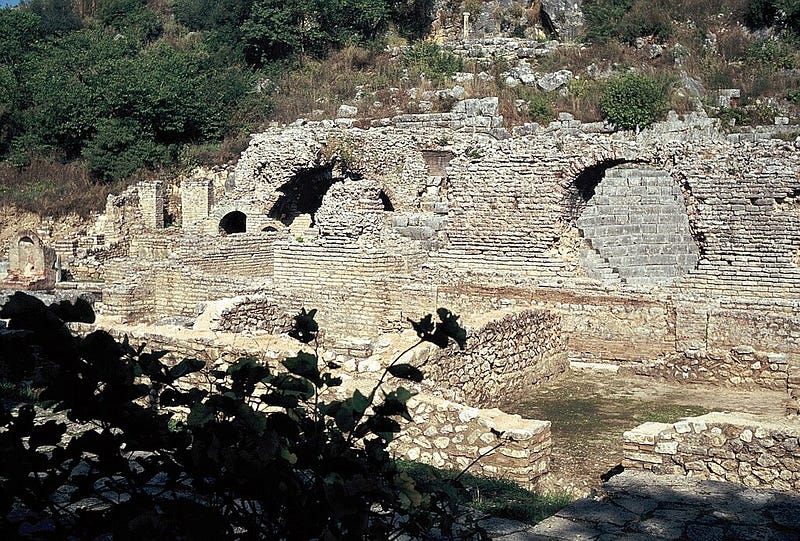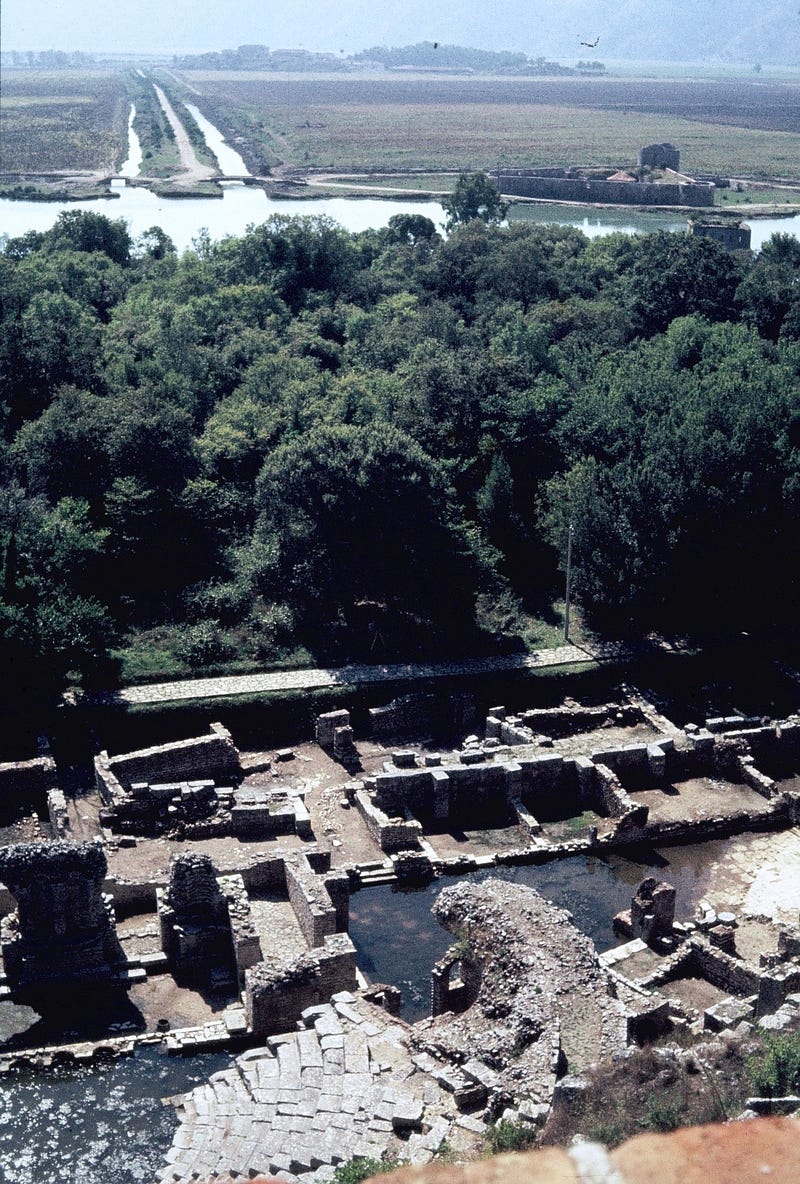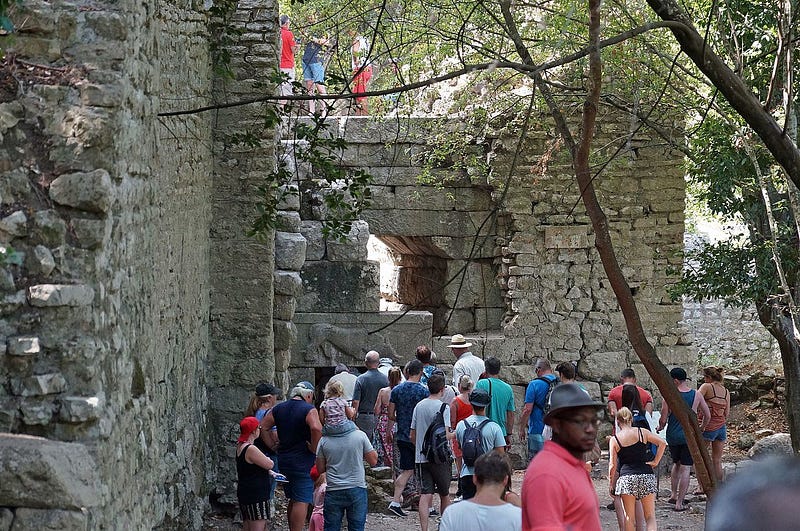Discovering Butrint: Albania's Hidden Gem of Ancient History
Written on
Chapter 1: A Glimpse of Albania’s Rich Heritage
Albania is a fascinating country where stunning beaches coexist with remnants of its past, including numerous bunkers and a variety of architecture that can be described as anything but bland. Yet, the allure of this destination extends far beyond its Adriatic and Ionian resorts. Among its most precious treasures is Butrint, an ancient city renowned for its significant historical, cultural, and natural importance.

Butrint lies roughly 20 kilometers from the popular resort of Saranda, perched atop a hill on a small peninsula, encircled by the waters of its namesake lake. Its historical significance is remarkable, leading to its designation as a UNESCO World Heritage Site in 1992.
Beyond its impressive structures, Butrint is blessed with breathtaking natural landscapes and a diverse ecosystem, thanks to its proximity to lakes and marshes.
Section 1.1: Mythology and History
The origins of Butrint can be traced back to ancient myths. Legends suggest that the city was founded by refugees from Troy, fleeing the Achaeans. The Roman poet Virgil references Butrint in his epic, "Aeneid," noting that it was here Aeneas encountered Helenos, the son of King Priam, and Andromache, Hector's widow.

Archaeological findings indicate that Butrint was settled as early as the 12th century BC by the Illyrians, an ancient Indo-European group. Initially a modest settlement, it flourished around the 6th century BC when it became a Greek colony known as Buthroton, emerging as a vital trade hub due to its strategic location.
In the 4th century BC, a sanctuary dedicated to Asklepios, the Greek counterpart of the Roman Aesculapius, was established, marking Butrint as a significant center for worship and healing.
Section 1.2: Rise and Decline
Butrint entered the Roman Empire's fold in the 3rd century BC, known then as Colonia Iulia Buthrotum. Under Augustus, the city expanded significantly, with the first Roman emperor's likeness appearing on local coins. However, an earthquake in the 3rd century AD temporarily stalled its growth, though it remained a crucial port until the end of antiquity.

After the Western Roman Empire's collapse, Butrint's fortunes waned. In the 6th century, it became a Christian bishopric, but suffered repeated invasions, diminishing its commercial relevance. By the 15th century, the city had suffered extensive damage, ultimately succumbing to conflicts between the Venetian Republic and the Ottoman Empire.
Chapter 2: Archaeological Wonders of Butrint
The rich history of Butrint has left behind a treasure trove of archaeological significance, making it one of the most informative sites regarding ancient civilizations in the entire Adriatic region.
The video titled "Hidden Paradises of 2024: Undiscovered Destinations" explores the enchanting beauty of Butrint and its significance in the historical landscape.
The city boasts impressive remnants from various eras, including Roman thermal baths from the 2nd century AD and a Venetian tower built in the late 15th century. One of the most remarkable archaeological sites is the 3rd-century BC amphitheater, which could accommodate 1,500 spectators.
Another critical find is the 6th-century AD baptistery, showcasing early Byzantine artistry with its surviving columns and intricate mosaic floor.
Though much of the bishop's palace from the 5th century has been lost to time, the gymnasium from the 2nd century AD remains, initially designed for athletic activities before being converted into a church.
The temple dedicated to Asklepios, a vital center of worship, adds to the city's historical fabric. The Venetian castle, dating back to the 18th century, now serves as a museum housing numerous Greek and Roman artifacts.

Section 2.1: Visiting Butrint
The archaeological site of Butrint is accessible to the public during the tourist season from 9:00 a.m. to 7:00 p.m. Tickets can be acquired on-site or online, with convenient transportation options available from Ksamil and Saranda.

Interesting Facts About Butrint
- Archaeological excavations began in 1928 under Mussolini's direction.
- In 2002, Butrint National Park was established to protect its biodiversity, covering 94 square kilometers and hosting various species of flora and fauna.
- Visitors can still see Greek and Roman architectural styles, with Greek structures using precisely cut stones and Roman constructions employing mortar.
- The name Buthrotum translates to “wounded ox,” a nod to local lore.
- The ancient amphitheater still hosts performances today.
